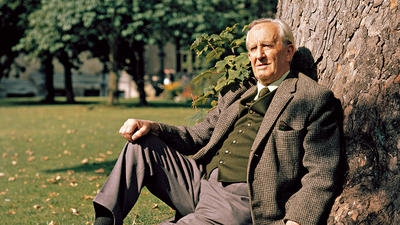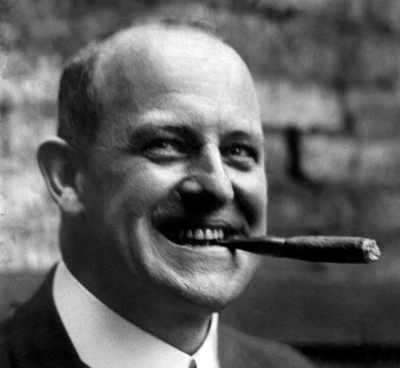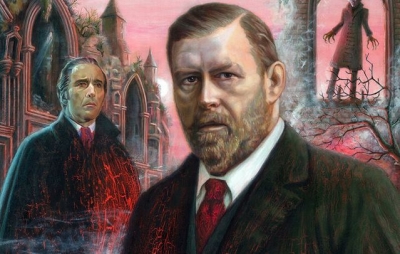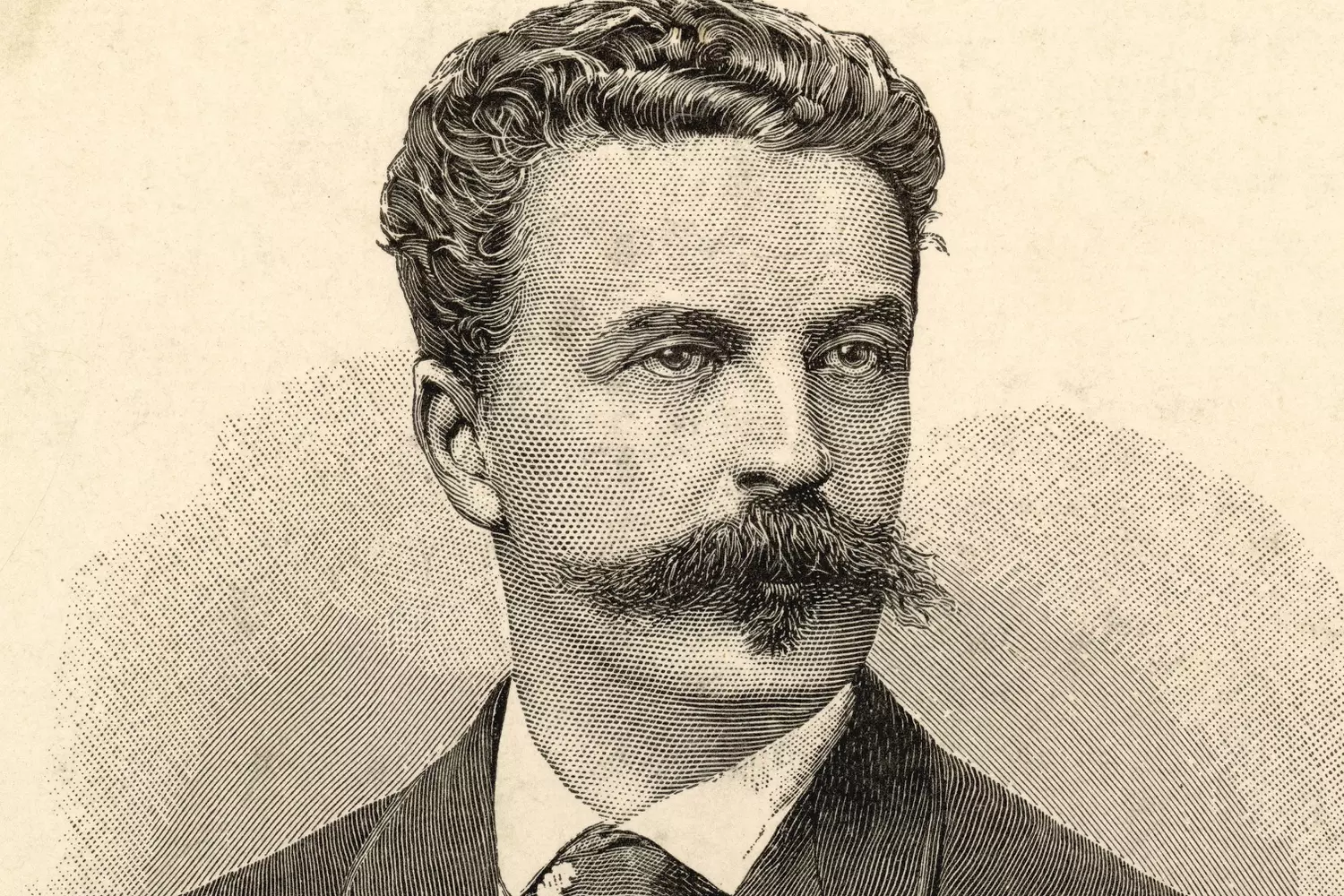What is Roald Dahl most famous for?
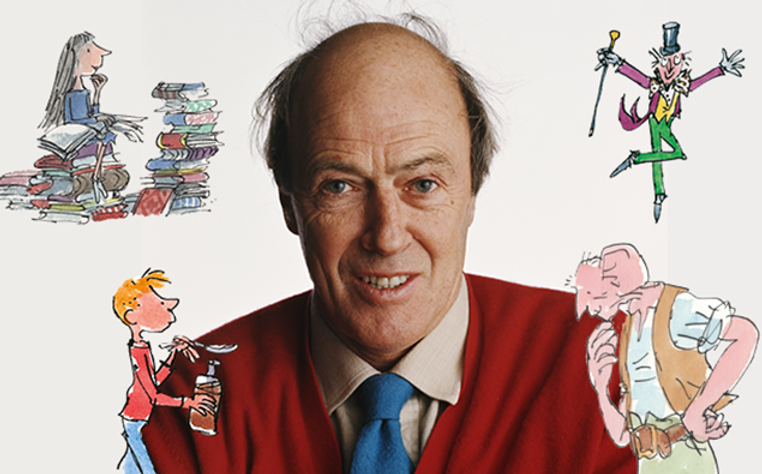
Roald Dahl was a British children's author who created world-famous stories such as James and the Giant Peach, Charlie and the Chocolate Factory and Matilda. His works are globally renowned for inspiring children, and his books have sold more than 250 million copies across the world.
Reading Roald Dahl is like waltzing through an adventure land. You enter a world of magic. Because that's what he does, casting a spell on you by creating bizarre, macabre, yet lovable and entertaining characters.
The British author is a much-loved children's writer whose stories are akin to a carnival town. Anything was possible in his stories. Packed with adventures and peppered with an animated and humorous style of storytelling, Roald Dahl whisks you off to a land of fantasy, much like his character The Big Friendly Giant carries Sophie to a world of adventure. Reading his books and knowing his characters would give you a sense of how imaginative and ludicrous the writer's mind would have been.
Characters such as the clever Mr. Fox, the eccentric Willy Wonka or the villainous Miss Trunchbull who doesn't like pigtails have entertained children through the years.
Magic with words.
Dahl invented over 500 words and character names, and exaggerated the narratives and characters, making them even more appealing and entertaining to children.
Did you know that there was a Roald Dahl dictionary? The Oxford Roald Dahl Dictionary contains all the words coined by the author and was published by the the Oxford University Press.
Early Life
Born on September 13, 1916, in Llandaff, Wales, Dahl wrote books not only for children but also for adults. After finishing his school, he took off for an expedition to Newfoundland, instead of joining college.
When World War II broke out, he enlisted himself in the Royal Air Force (RAF). He sustained injuries whilst flying as a fighter pilot, following a crash landing in Libya.
Foray into the literary world
His experience in the military is reflected in his books. He published many such stories in popular magazines.
His first children's book The Gremlins (1943) narrated the tale of creatures who crash fighter aircraft. He penned a series of military tales in Over to You: Ten Stories of Flyers and Flying (1946).
In the 1950s, he focussed on writing horror stories for adults. The book Someone like You that propelled him to the best-seller category. It was when he started making up bedtime stories for his children that the world of children's literature piqued his interest. The first of his successes was, of course, Charlie and the Chocolate Factory (1964). And soon, many other books with eccentric characters and dark comical settings were published and celebrated. His nonsensical world continues to captivate children and adults alike.
The world of movies
Dahl turned his novel Charlie and the Chocolate Factory (1964) into a screenplay for the 1971 movie Willy Wonka and the Chocolate Factory. He wrote the screenplay for the 1967 Bond movie You Only Live Twice and also for Chitty Chitty Bang Bang (1968). Several other works of Dahl were adapted to movies. He also published an autobiography - Boy: Tales of Childhood in 1984. Dahl passed away on November 23, 1990, in Oxford, England.
"And above all, watch with glittering eyes the whole world around you because the greatest secrets are always hidden in the most unlikely places. Those who don't believe in magic will never find it." Roald Dahl.
Picture Credit : Google
